Summer Lawn Care Schedule
6/5/2020 2:46:36 PM
To most, summer is about spending time outdoors and enjoying your yard. Summer lawn care requires more than just weekly mowing. To make sure you have a healthy lawn this summer, you must feed your lawn the nutrients it needs, water regularly, and remove weeds and pests. It can be a time-consuming task, but luckily, we have outlined the best summer lawn care schedule to help you get away from the yard work and back to spending time with your friends and family.
What Type of Lawn Do You Have?
There are several varieties of grass that grows in the United States. Each type has specialized characteristics, grows differently and has exclusive care needs. There are generally two types of grasses:
-
Warm Season Grasses: these grasses, like Zoysia and St. Augustine thrive in the warmer, subtropical climates of the southern United States and need a lot of water.
-
Cool Season Grasses: these grasses, like Kentucky Bluegrass and Perennial Ryegrass, grow well in cooler temperatures of the transition zone and north. These grasses grow best in spring and fall.
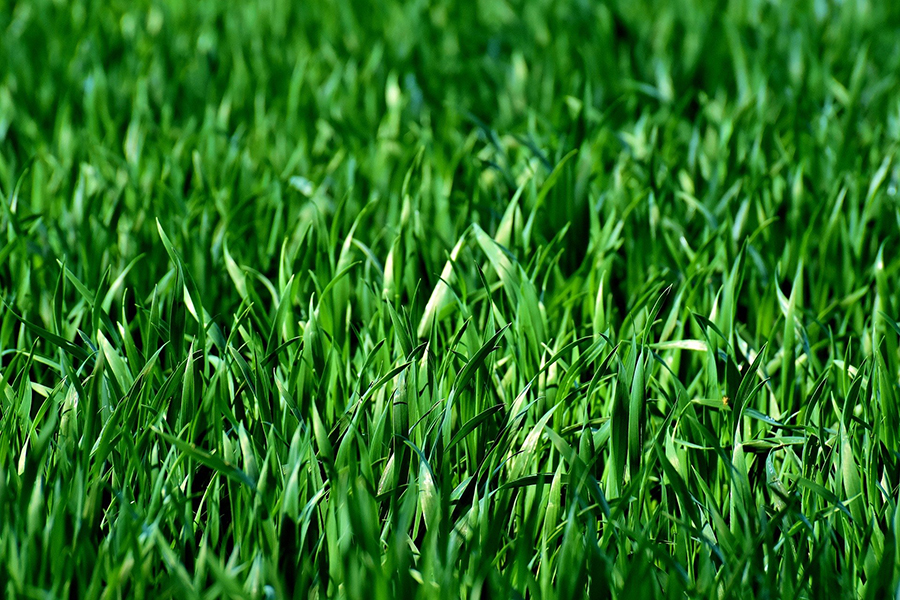.jpg?lang=en-US)
Once the summer temperatures reach their highest point, all lawn types will struggle a little. Growth can slow and the lawn will find it harder to recover from higher foot traffic. The guide below includes a schedule for both cold and warm grasses.
Fertilization
Just like your vegetables and other plants, your lawn needs the proper nutrients to grow and thrive during the summer. In order to know what to provide your lawn with, you first need to understand what your soil naturally provides to the grass. We recommend using a soil analysis test kit to analyze the nutrients your soil may be lacking.
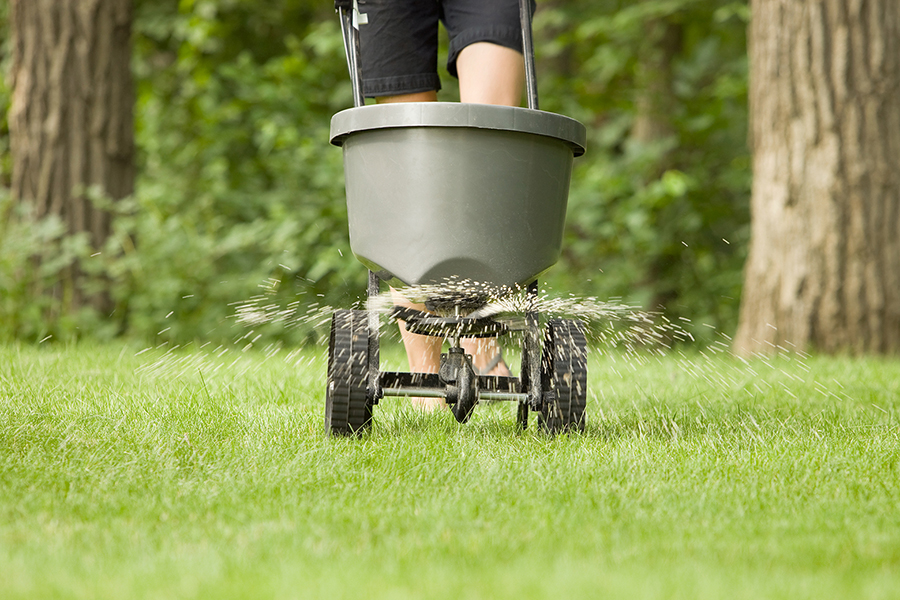
Once you know what nutrients to put into your soil, you will want to be careful not to over-fertilize, which could cause the grass to have areas of random growth, making your lawn uneven. Likewise, under-fertilizing your lawn will result in the grass having difficulty fighting off weeds and disease.
The most beautiful and healthy lawns are usually fertilized four times per year: early spring, late spring, summer and fall, but this varies depending on the type of lawn you have.
-
Warm Season Grasses: You can fertilize any time during the March – November time period, aiming for 2-4 times per year, based on your soil analysis.
-
Cool Season Grasses: Fertilize four times per year, focusing the feedings between March – May, and September – November, based on your soil analysis.
Watering
Many people think the summer months mean watering frequently – but the way you water is more important than the frequency in which you water. Grass and plants are resilient and have mechanisms that help them deal with summer heat. For instance, grass may go dormant and look brown during times of drought, but, if it is well cared for, it may return to normal when there is adequate moisture.
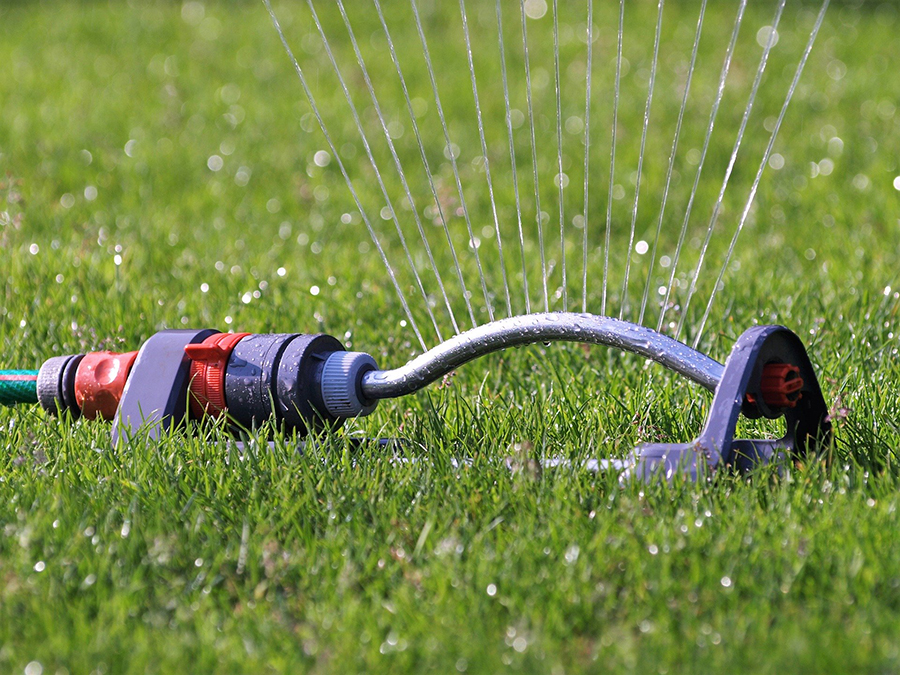.jpg?lang=en-US)
Instead of watering frequently, you should focus on the quality or deepness of the watering. Deep watering encourages deep root growth, while shallow watering leads to weak roots and weak lawns.
No matter the climate, it is important to water your lawn in the early morning so the sun and heat do not take moisture from your grass. Drip irrigation can work better than sprinklers and hoses, helping to water the lawn slowly so the water does not run off or evaporate.
Watering schedules for summer lawns:
-
Warm Season Grasses: Water your lawn when weekly rain levels are below 1 inch between March and October.
-
Cool Season Grasses: Water your lawn when weekly rain levels are below 1 inch between June and September.
Mowing
Many homeowners are tempted to mow their lawn shorter, to minimize the frequency of mowing; however, proper mowing height will help promote the health of your lawn. Cutting your grass too short can make your lawn susceptible to diseases and require you to cut it more frequently to keep it healthy.
Most grasses are healthiest when kept at 2-3 inches in length. You never want to remove more than one-third length of the grass blades at one time.
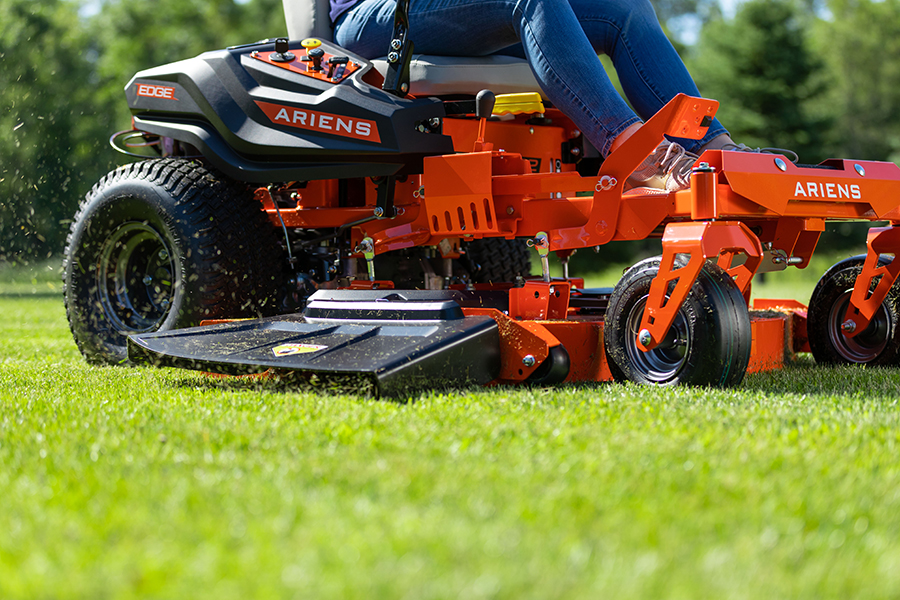.jpg?lang=en-US)
Whether you have cool season grasses, or warm season grasses, the mowing schedule is the same: anytime between March and November, your lawn should be mowed consistently. This usually means weekly to start, then every two weeks, and monthly at the end of the season.
Dethatching
Thatch is the previous season’s grass, which has not had time to decompose before the new grass grows. This causes a buildup of grass material that creates a barrier to air, water and nutrients that the soil needs to grow strong roots.
Dethatching typically includes power raking or vericutting machine to remove the excess thatch. Aeration can also help to remove the thatch. If you decide to dethatch your lawn, you will want to do so one time per year, and early in the season so fertilizer and other nutrients can reach the soil.
-
Warm Season Grasses: Dethatch your lawn one time a year, between March and May.
-
Cool Season Grasses: Dethatch your lawn one time a year, between March and April.
Aeration
Over time, your lawn can become compacted due to heavy rains and by simply walking on it. The compacted surface inhibits water, nutrients, and air from reaching the lawn’s root system. Core aeration includes removing cores of the earth, leaving holes in your lawn which will eventually fill in with new grass.
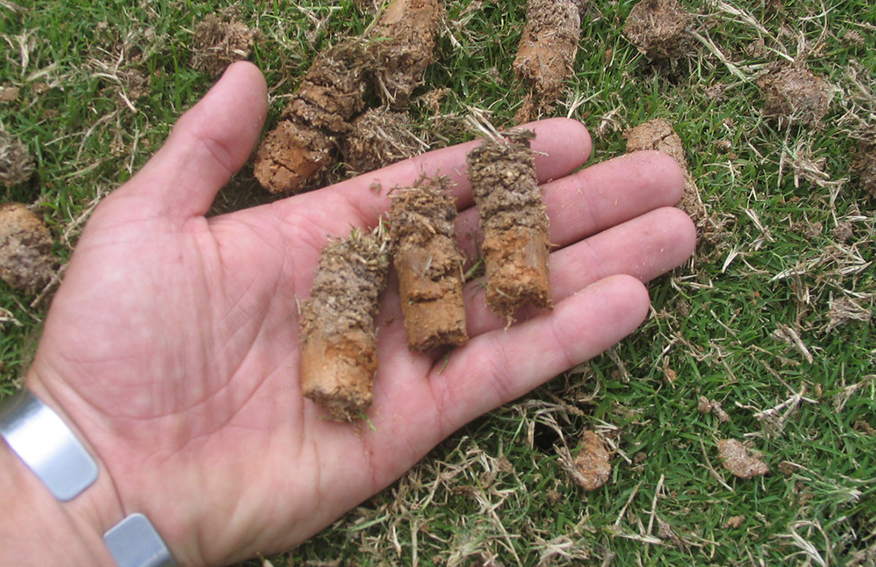
Aeration can be done more than once throughout the season if the lawn has heavy foot traffic and needs additional aeration treatments.
-
Warm Season Grasses: Aeration can occur anytime between June and August.
-
Cool Season Grasses: Aeration should be limited to spring (March – April) and fall (September – November).
Weed Control
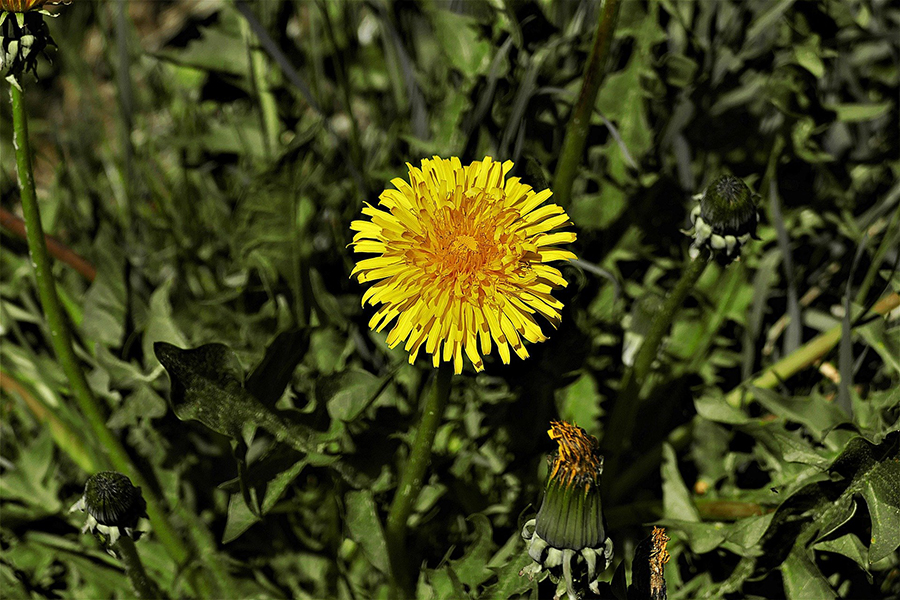.jpg?lang=en-US)
Weeds take nutrients from the soil, preventing your lawn from getting the essential nutrients it needs from your soil. You want to remove weeds from your lawn throughout the summer season. Additionally, you can add products to your lawn to prevent weeds from growing and to remove weeds once they arrive. These herbicide applications fall into two categories:
-
Pre-Emergent Herbicides: Kill weeds before they can grow above soil. Can be applied two times per year, between March and May for cool season grasses, and February-March or August – October for warm season grasses.
-
Post-Emergent Herbicides: Kill weeds that are already growing in your lawn. There are many types of products, and can be applied as needed throughout the growing season for both cool season and warm season grasses.
Do you want to avoid using chemicals to treat the weeds in your lawn? There are several ways to treat weeds naturally, learn more here.
Keep your lawn healthy and green this summer with these simple techniques.